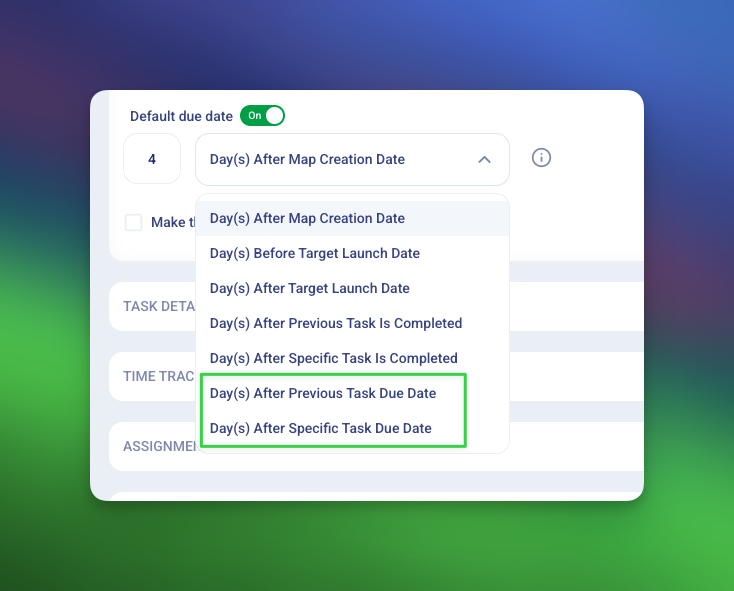The Evolution of the Modern Customer Success Team

The Evolution of the Modern Customer Success Team
Introduction
Customer success teams have become a pivotal component in the modern business landscape, evolving significantly over the years. Initially, customer success functions were managed within CRM systems, but the increasing complexity of customer needs has driven the development of specialized tools and methodologies. This post explores the progression of sales, marketing, and customer success teams, illustrating how technological advancements and changing business requirements have shaped their development.
The Evolution of Sales Teams
Early Sales Focus: The Closer
Twenty-five years ago, the primary focus in sales was on closing deals. The role of the salesperson was to manage the deal from the initial conversation through to a closed win or closed loss. Salesforce.com, founded in 1999, was at the forefront of this shift, providing a platform that revolutionized how sales teams tracked and managed their deals.
The Rise of Sales Development
As the sales landscape grew more complex, the need for specialized roles emerged. Companies like SalesLoft introduced software aimed at the early stages of the sales process, focusing on generating new qualified leads. This led to the rise of Business Development Representatives (BDRs), whose primary responsibility was to create a pipeline of leads for the closers. This specialization allowed for a more efficient and focused approach to sales, ensuring that each stage of the sales funnel was managed by experts in that area. Additionally, BDRs provided a career progression path for less experienced salespeople, enabling them to grow within the company and develop their skills before moving into closing roles (HubSpot Blog).
The Transformation of Marketing Teams
Email Marketing Origins
Initially, marketing efforts were heavily reliant on email campaigns. Tools like MailChimp and Constant Contact dominated the market, providing businesses with the means to reach their audience through email marketing (HubSpot Blog).
Shift to Omnichannel Marketing Automation
Over time, marketing strategies have evolved to encompass a wide range of channels and touchpoints. Today, marketing automation platforms like HubSpot and Marketo offer comprehensive solutions that integrate email, social media, content marketing, and more. These platforms enable marketers to deliver personalized experiences across multiple channels, significantly enhancing engagement and conversion rates (HubSpot Blog).
The Evolution of Customer Success Teams
CRM-Based Customer Success
Customer success as a function began within CRM systems. Teams used these platforms to manage customer interactions and track their progress. However, the limitations of CRMs for dedicated customer success activities soon became apparent (HubSpot Blog).
The Emergence of Specialized Customer Success Platforms
The introduction of software solutions like GainSight and ChurnZero marked a significant evolution in customer success management. These platforms provided layers of functionality specifically designed to monitor and enhance customer success, such as health scoring, proactive engagement, and detailed analytics (HubSpot Blog) (HubSpot Blog).
The Advancements in Onboarding Processes
Early Onboarding Methods: Spreadsheets
Initially, onboarding teams relied on spreadsheets to manage the customer onboarding process. While functional, this method was inefficient and prone to errors (HubSpot Blog).
Transition to Project Management Software
As the need for more structured onboarding grew, teams began using generic project management tools to organize and track onboarding tasks. While an improvement over spreadsheets, these tools lacked the specific features needed to address the unique challenges of onboarding (HubSpot Blog).
Dedicated Onboarding Software
Today, dedicated onboarding platforms like Onboard.io represent the latest evolution in this space. These tools are designed to streamline the onboarding process, ensuring that customers get off to a great start and are set up for long-term success. Onboarding software integrates seamlessly with other systems, providing a holistic view of the customer journey and enabling more effective management of onboarding activities (HubSpot Blog).
Conclusion
The evolution of the modern customer success team reflects broader trends in business, where specialization and technological advancement drive efficiency and effectiveness. From the early days of sales closers and email marketing to the sophisticated, integrated platforms we see today, each step has brought greater focus and capability to these critical functions. Onboard.io exemplifies the latest progression in onboarding, providing the tools necessary to ensure customers are set up for success from the very beginning. By understanding and embracing these evolutions, organizations can better meet the needs of their customers and achieve greater overall success.
References
- Salesforce.com. (2023). The History of Salesforce.
- SalesLoft. (2023). The Evolution of Sales Development.
- HubSpot Blog. (2023). 28 Customer Onboarding Stats to Know.
- UserGuiding. (2024). 35 Customer Onboarding Statistics and Trends.
- GainSight. (2023). Transforming Customer Success with GainSight.
- ChurnZero. (2023). Enhancing Customer Success with ChurnZero.
- Onboard.io. (2024). Streamlining Onboarding Processes for Better Customer Success.





.png)


